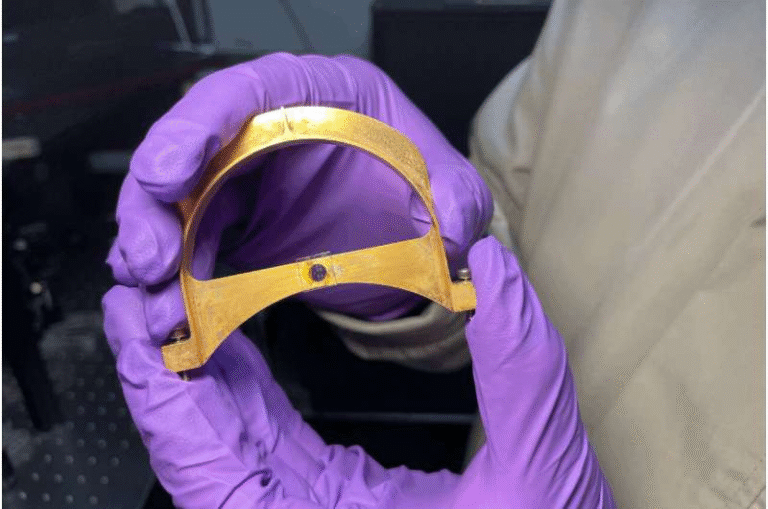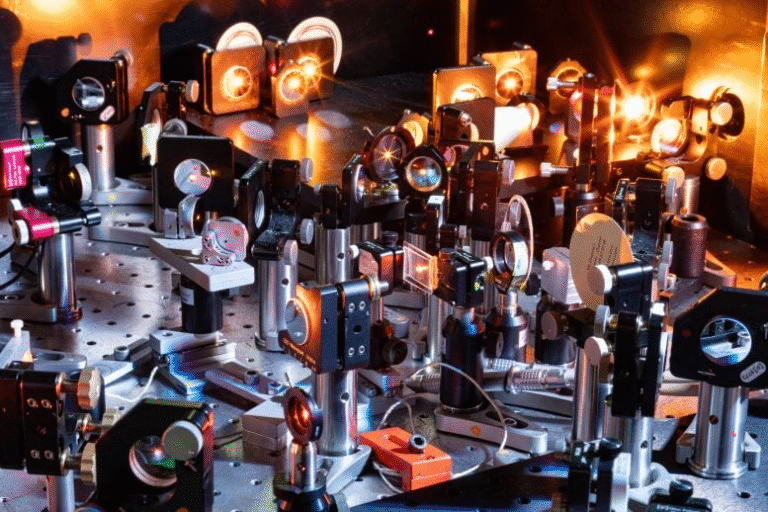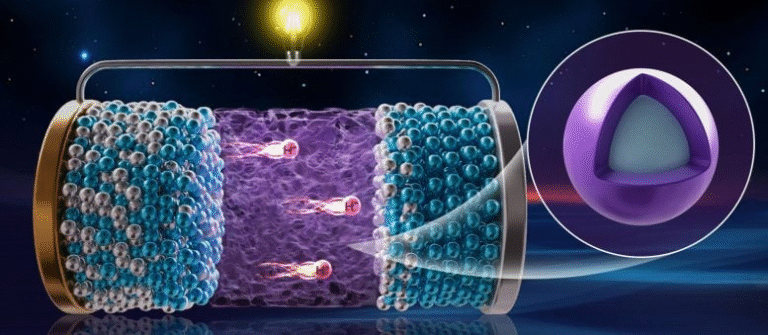Astronomers Capture the Most Colorful and Detailed Map of the Sculptor Galaxy


Have you ever wondered what a galaxy would look like if we could see it in thousands of colors at once? Thanks to astronomers using the Very Large Telescope (VLT) in Chile, we now have the most detailed, rainbow-like portrait of the Sculptor Galaxy — and it’s stunning.
This isn’t just about a pretty picture. The image is giving scientists an entirely new way to study how stars are born, live, and die, and how those small processes shape the life of an entire galaxy.
A Thousand Colors, Endless Insights
Most galaxy images we see are captured in just a few colors of light. But this new map of Sculptor (also known as NGC 253) was made using a special instrument called MUSE — short for Multi Unit Spectroscopic Explorer.
Unlike regular cameras, MUSE can split light into thousands of shades, letting scientists analyze the galaxy with incredible precision.
This means astronomers can figure out details like the age of stars, their chemical makeup, and even how the gas and dust inside the galaxy are moving. That’s a huge step forward because galaxies may span hundreds of thousands of light-years, but their overall story is written in tiny, local details.
Why Sculptor is the Perfect Galaxy for Study
Lead researcher Enrico Congiu from the European Southern Observatory explains it best: “The Sculptor Galaxy is in a sweet spot. It’s close enough that we can zoom in on its structure, but still big enough to see as a complete system.”
Located about 11 million light-years away, Sculptor stretches around 65,000 light-years wide. To create this mega-map, astronomers observed it for 50 hours straight, stitching together over 100 separate exposures.
That patience has given them the clearest and most colorful view of Sculptor ever created.
Zooming From Star Clusters to the Entire Galaxy
What makes this map so powerful is its versatility. As co-author Kathryn Kreckel from Heidelberg University puts it: “We can zoom in to study regions where stars are forming almost at the scale of individual stars, but we can also zoom out to study the galaxy as a whole.”
Think of it like Google Maps — one moment you’re looking at your street, the next you’re zoomed out to the entire continent. For astronomers, this means being able to connect small-scale star activity with galaxy-wide patterns.
Surprising Discoveries Already
Even in this early stage, the data has already revealed something surprising: about 500 planetary nebulae scattered throughout Sculptor. These glowing shells of gas come from dying stars similar to our Sun.
For comparison, researchers usually spot fewer than 100 of these nebulae in other galaxies beyond our local group. This makes Sculptor unusually rich in stellar relics. According to Adam Leroy, a co-author from The Ohio State University, these nebulae are more than just beautiful leftovers — they’re also cosmic distance markers. By measuring them, astronomers can double-check the distance to Sculptor, which is crucial for all further studies.
Looking Ahead: Big Mysteries Remain
The map is only the beginning. Future research will focus on how gas flows through the galaxy, how its chemical composition changes, and how these processes fuel the birth of new stars.
As Congiu notes, “How such small processes can have such a big impact on a galaxy thousands of times bigger is still a mystery.” That’s exactly what this project hopes to uncover.
A Galactic Masterpiece
In the end, what makes this image special isn’t just its beauty — though the mix of pink star-forming regions and blue starlight is mesmerizing. It’s the fact that this colorful snapshot is also a scientific goldmine, one that will keep astronomers busy for years as they piece together the life story of an entire galaxy.
The Sculptor Galaxy has always been visible to telescopes, but now, with thousands of colors painting its portrait, it’s as if we’re finally seeing it in high definition. And who knows?
Maybe in studying Sculptor, we’ll unlock secrets that apply to galaxies everywhere — even our own Milky Way.





